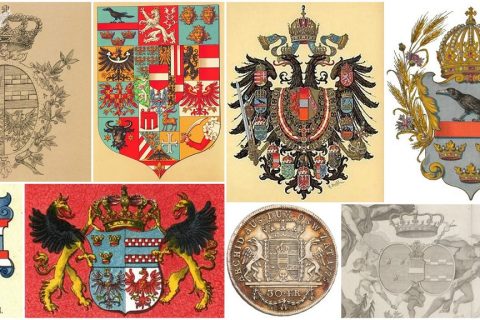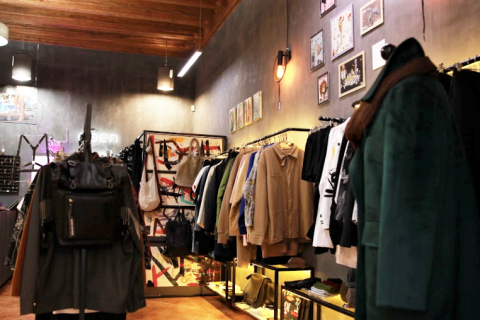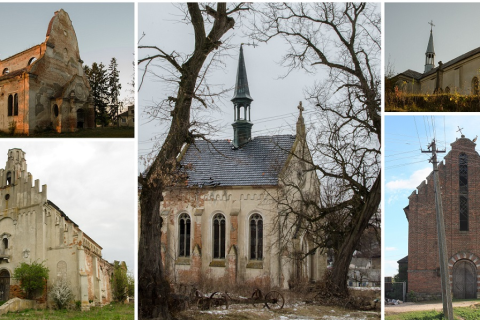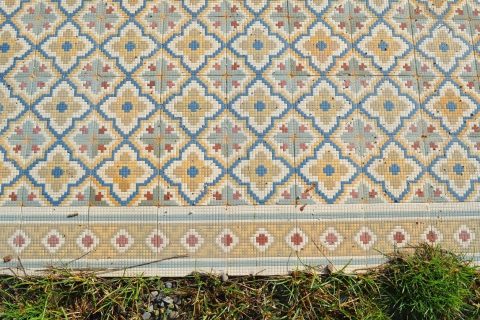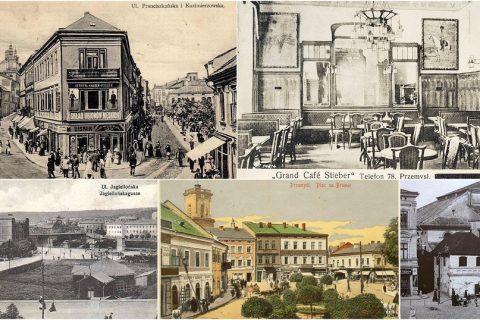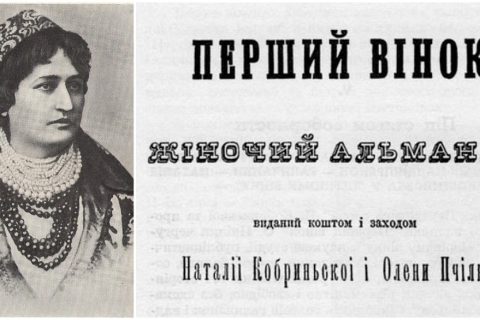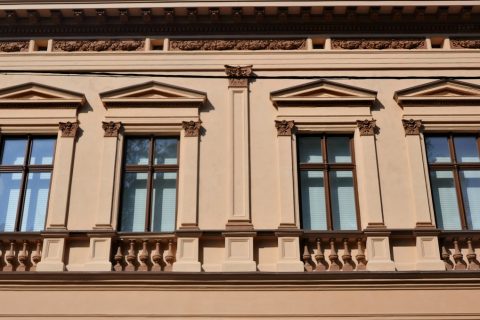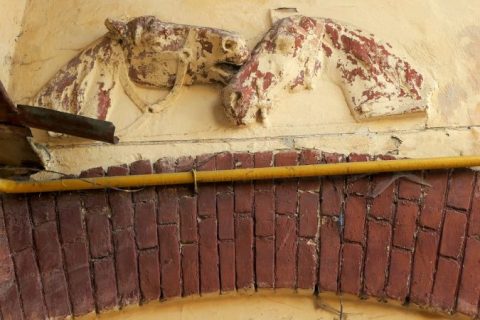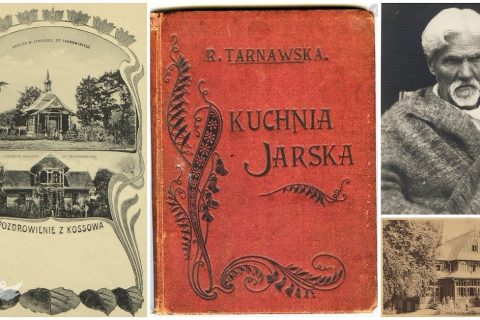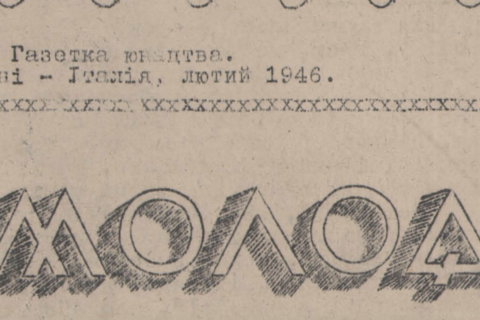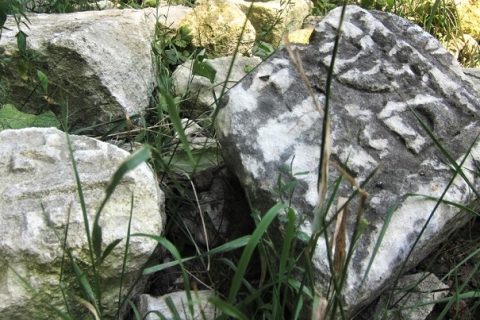The Broderzingers: Galicia’s Itinerant Yiddish Folk Troupes
The Broderzingers The Broderzingers (“singers of Brody”) were itinerant troupes of folksingers who performed in taverns and inns initially in Galicia, and later in Bukovina, Transcarpathia, and elsewhere in Eastern Europe. Emerging in the early nineteenth century, these performers were among the first to perform Yiddish-language songs outside of Purim […]
Read More





